Introduction
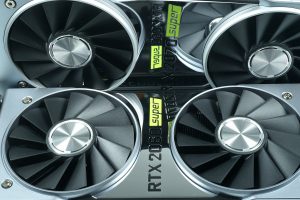 Without going into internal sa, this time I have to start with the fact that this article was written exclusively here in Germany in my laboratory and no longer in the usual cooperation with my esteemed US colleague Chris Angelini. Why this 10-year and very successful cooperation was very strictly prevented administratively so close to the launch is a guess, but I will not comment further. Nevertheless, i would like to take this opportunity to express my thanks once again to my esteemed colleague, because it was a very interesting and very effective cooperation for all those involved.
Without going into internal sa, this time I have to start with the fact that this article was written exclusively here in Germany in my laboratory and no longer in the usual cooperation with my esteemed US colleague Chris Angelini. Why this 10-year and very successful cooperation was very strictly prevented administratively so close to the launch is a guess, but I will not comment further. Nevertheless, i would like to take this opportunity to express my thanks once again to my esteemed colleague, because it was a very interesting and very effective cooperation for all those involved.
Of course, there are benchmarks this time too, even if time has really been short. Because they are an essential part of it. However, what has crowned the whole thing is Windows 1903, which is the May update including all included feature updates and patches (the patches). Important benchmark tools such as PresentMon still work, but often not quite as they should. Therefore, some games had to leave the parkour, because their results did not stand up to a deeper test, because there were constant frames missing in the recording. Although with all cards and very similar, it is easy to calculate the sum alone.
Quo Vadis RTX 2060?
The GeForce RTX 2060 got several scolds for the launch, mainly because of the rather meagre memory expansion of only 6 GB, which was actually not appropriate for the purchase price. Now everything is supposed to be super and you are aiming with an EIA of 419 euros incl. Vat. in the end, a very similar class of buyers. The question is still the question of how the street price will develop with the board partner models, because that was the big weakness after the launch at that time. Current GeForce RTX 2060 is now available from approx. 340 Euro street price.
The new S(uper) class could now be better suited to throw a few more coal into the fire on the locomotive of the Raytracing Hype train. I am sure that the acceptance of the new GeForce RTX 2060 Super will be defined this time exclusively by the price and the possible competitor situation. The product itself is not bad, especially since it will not replace the original RTX 2060, but this card has to orient itself downwards. And if you don't like the "small" RTX 2060, you will certainly be happy about a necessary price correction for the Turing GTX models. At least with the GeForce GTX 1660 (Ti).
The TU106-410 of the GeForce RTX 2060 Super
The TU106-410 of the GeForce RTX 2060 Super is reduced to 2176 CUDA cores, 272 tensor cores, 34 RT cores, 136 TMUs and 64 ROPs compared to the full version TU106-400 on the RTX 2070. The card will have clock frequencies in the range of 1470 MHz (base clock) and 1650 MHz (boost) and can thus simultaneously deliver up to 7 TFLOPS computing power. The 34 RT cores can deliver about 6 giga-rays per second in ray tracing performance.
Compared to the RTX 2060, the RTX 2060 Super again has 4 MB L2 cache instead of the three MB of the RTX 2060. Otherwise, everything I have already written in the launch articles for the GeForce RTX 2070 FE and the GeForce RTX 2060 FE applies. And if you want to find out more about all the RTX features in detail, please refer to my long basic article "Nvidia GeForce RTX 2080 Ti and RTX 2080 – what is really hidden behind Turing" on the subject of RT. This, too, is read-proof and certainly worthwhile.
Uncircumcised, the TU106-410 also retains the same 256-bit memory bus as the TU106-400, which has eight 1 GB GDDR6 memory modules with 14 Gb/s data rate, resulting in bandwidth of up to 448 GB/s. As with the GeForce RTX 2070, NVLink support in this price range is long gone. A rogue who thinks evil in it, but what's the point?
Although the TU106 is the least complex Turing-based GPU to date, its 445 mm2 chip contains no less than 10.8 billion transistors. That's still huge for what Nvidia might once have considered the center of its portfolio. In comparison, the GP106, i.e. the "Midrange Pascal", was a small 200 mm2 chip with 4.4 billion transistors.
Unboxing and technical data
The map is slightly modified visually, with the reflective surface on the cover being a great fingerprint file. The connectors use a dual-link DVI output (without analog signal), but only two DisplayPort ports and an HDMI 2.0 port. The USB Type-C jack is on the go, but NVLink is missing. The rest is as usual and for the details there is also the complete tear down.
Here's a first look at the latest version of GPU-Z:
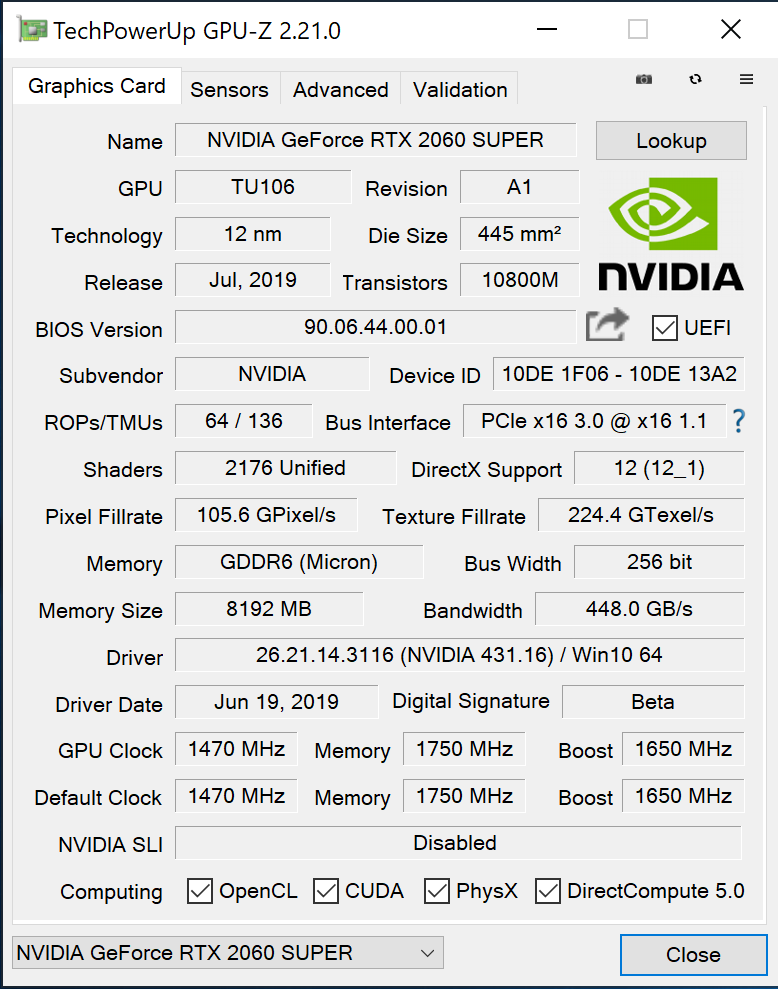
Instead of my own analysis, however, I have at least the technical data at a glance, for which one does not need any physically existing test objects:
| GeForce RTX 2060 Super |
GeForce RTX 2060 FE | GeForce RTX 2070 FE |
GeForce GTX 1070 FE |
|
| Architecture (GPU) |
Turing (TU106-410) | Turing (TU106-300) | Turing (TU106-400) | Pascal (GP104) |
| CUDA Cores |
2176 | 1920 | 2304 | 1920 |
| Tensor Cores |
272 | 240 | 288 | N/A |
| RT Cores |
34 | 30 | 36 | N/A |
| Texture Units |
136 | 120 | 144 | 120 |
| Base Clock Rate |
1470 MHz | 1365 MHz | 1410 MHz | 1506 MHz |
| GPU Boost Rate |
1650 MHz | 1680 MHz | 1710 MHz | 1683 MHz |
| Storage expansion |
8GB GDDR5 | 6GB GDDR6 | 8GB GDDR6 | 8GB GDDR5 |
| Storage bus |
256-bit | 192-bit | 256-bit | 256-bit |
| Bandwidth |
448 GB/s | 336 GB/s | 448 GB/s | 256 GB/s |
| Rops |
64 | 48 | 64 | 64 |
| L2 Cache |
4 MB | 3 MB | 4MB | 2MB |
| Tdp |
175 W | 160 W | 185W | 150w |
| Transistors |
10.8 billion | 10.8 billion | 10.8 billion | 7.2 billion |
| The size |
445 mm2 | 445 mm2 | 445 mm2 | 314 mm2 |
| Sli |
No | No | No | Yes (MIO) |
Test system and measurement methods
I have described the test system and the methodology in the basic article "How we test graphics cards, as of February 2017 already in great detail and therefore for the sake of simplicity now only refer to this detailed description. So if you want to read everything again, you are welcome to do so. Since I am now testing independently here in Germany, the test system has also been upgraded again without having to take into account colleagues.
In this regard, I would like to express my thanks to MIFCOM in Munich, who provide us with the appropriate Intel CPUs, as Intel was and is not willing to sampling at all. For reasons of objectivity, we also accept only offers to which no substantive conditions are attached.
If you are interested, the summary in table form quickly provides a brief overview:
| Test systems and measuring rooms | |
|---|---|
| Hardware: |
Intel Core i9-9900 KF MSI MEG Z390 ACE 2x 8GB KFA2 HoF DDR4 4000 1x 1 TByte Patriot Viper (NVMe System SSD) 1x Seagate FastSSD Portable USB-C Be Quiet Dark Power Pro 11, 850-watt power supply |
| Cooling: |
Alphacool Ice Block XPX 5x Be Quiet! Silent Wings 3 PWM (Closed Case Simulation) Thermal Grizzly Kryonaut (for cooler change) |
| Housing: |
Lian Li PC-T70 with expansion kit and modifications Modes: Open Benchtable, Closed Case |
| Monitor: | Eizo EV3237-BK |
| Power consumption: |
non-contact DC measurement on the PCIe slot (Riser-Card) non-contact DC measurement on the external PCIe power supply Direct voltage measurement on the respective feeders and on the power supply 2x Rohde & Schwarz HMO 3054, 500 MHz multi-channel oscillograph with memory function 4x Rohde & Schwarz HZO50, current togor adapter (1 mA to 30 A, 100 KHz, DC) 4x Rohde & Schwarz HZ355, touch divider (10:1, 500 MHz) 1x Rohde & Schwarz HMC 8012, digital multimeter with storage function |
| Thermography: |
1x Optris PI640, 2x Xi400 Infrared Cameras Pix Connect evaluation software with profiles |
| Acoustics: |
NTI Audio M2211 (with calibration file) Steinberg UR12 (with phantom power for the microphones) Creative X7, Smaart v.7 own low-reflection measuring room, 3.5 x 1.8 x 2.2 m (LxTxH) Axial measurements, perpendicular to the center of the sound source(s), measuring distance 50 cm Noise in dBA (Slow) as RTA measurement Frequency spectrum as a graph |
| Operating system | Windows 10 Pro (1903, all updates), driver as of 06/28/2019 |
- 1 - Einführung und Übersicht
- 2 - Tear Down: Platine und Kühler
- 3 - The Division 2
- 4 - F1 2019
- 5 - Far Cry 5
- 6 - GTA V
- 7 - Metro Exodus
- 8 - Shadow of the Tomb Raider
- 9 - Total War: Three Kingdoms
- 10 - World War Z
- 11 - Leistungsaufnahme im Detail
- 12 - Temperatur, Takt, Infrarot
- 13 - Lüfter und Lautstärke
- 14 - Zusammenfassung














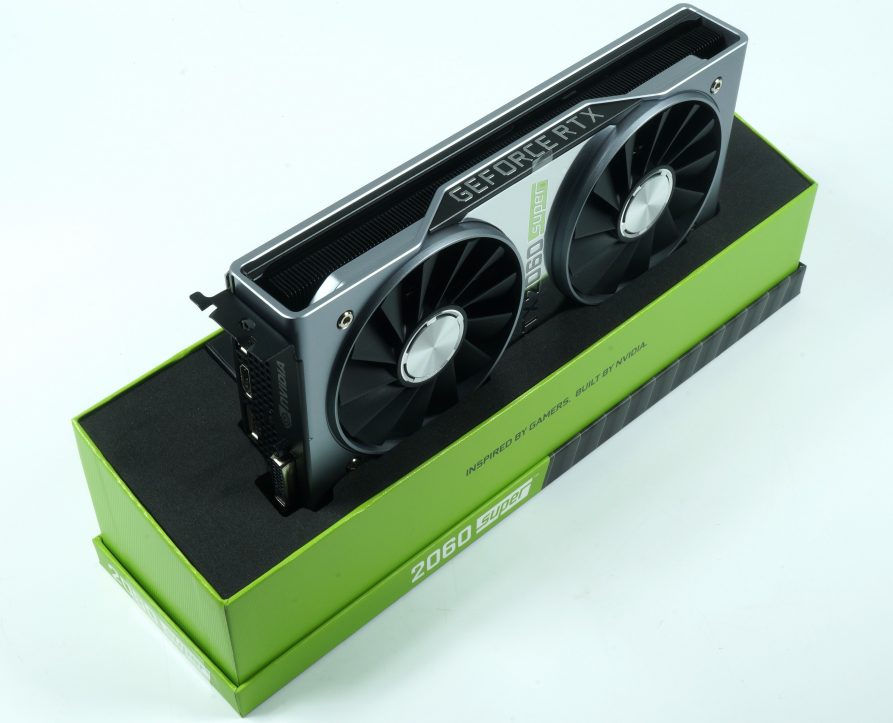
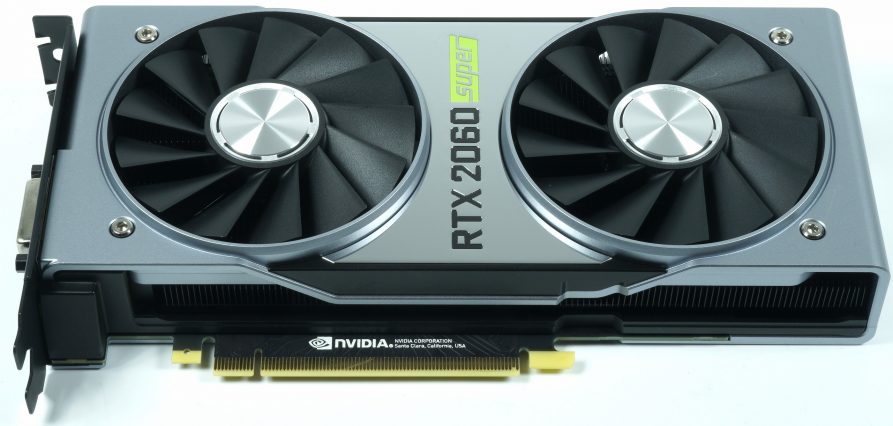









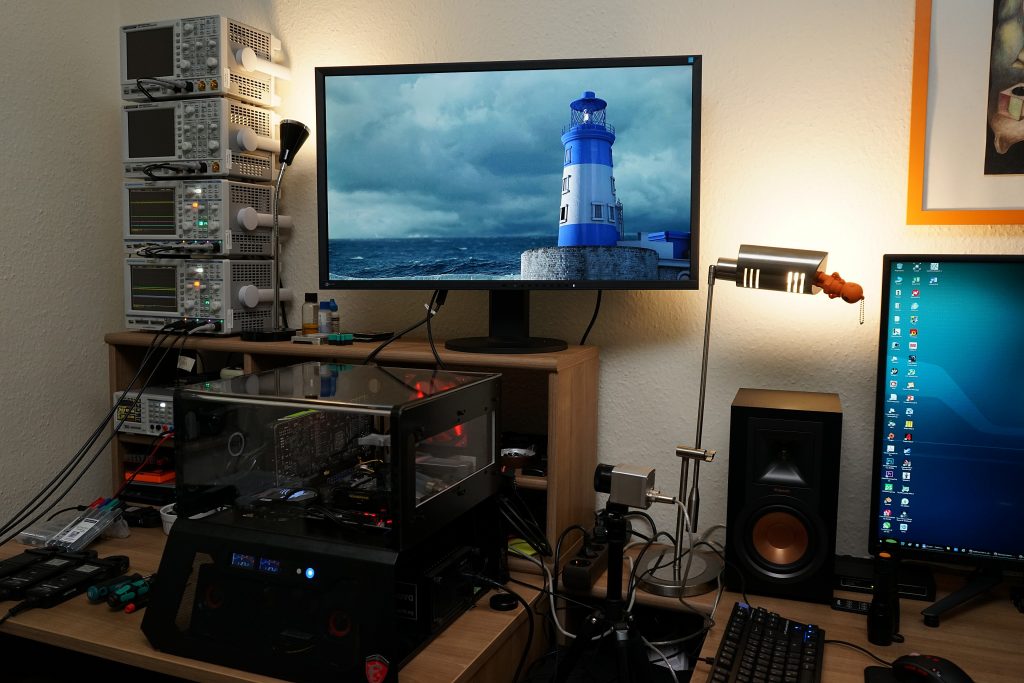


















Kommentieren